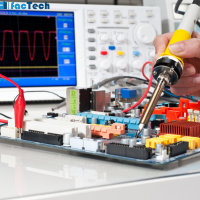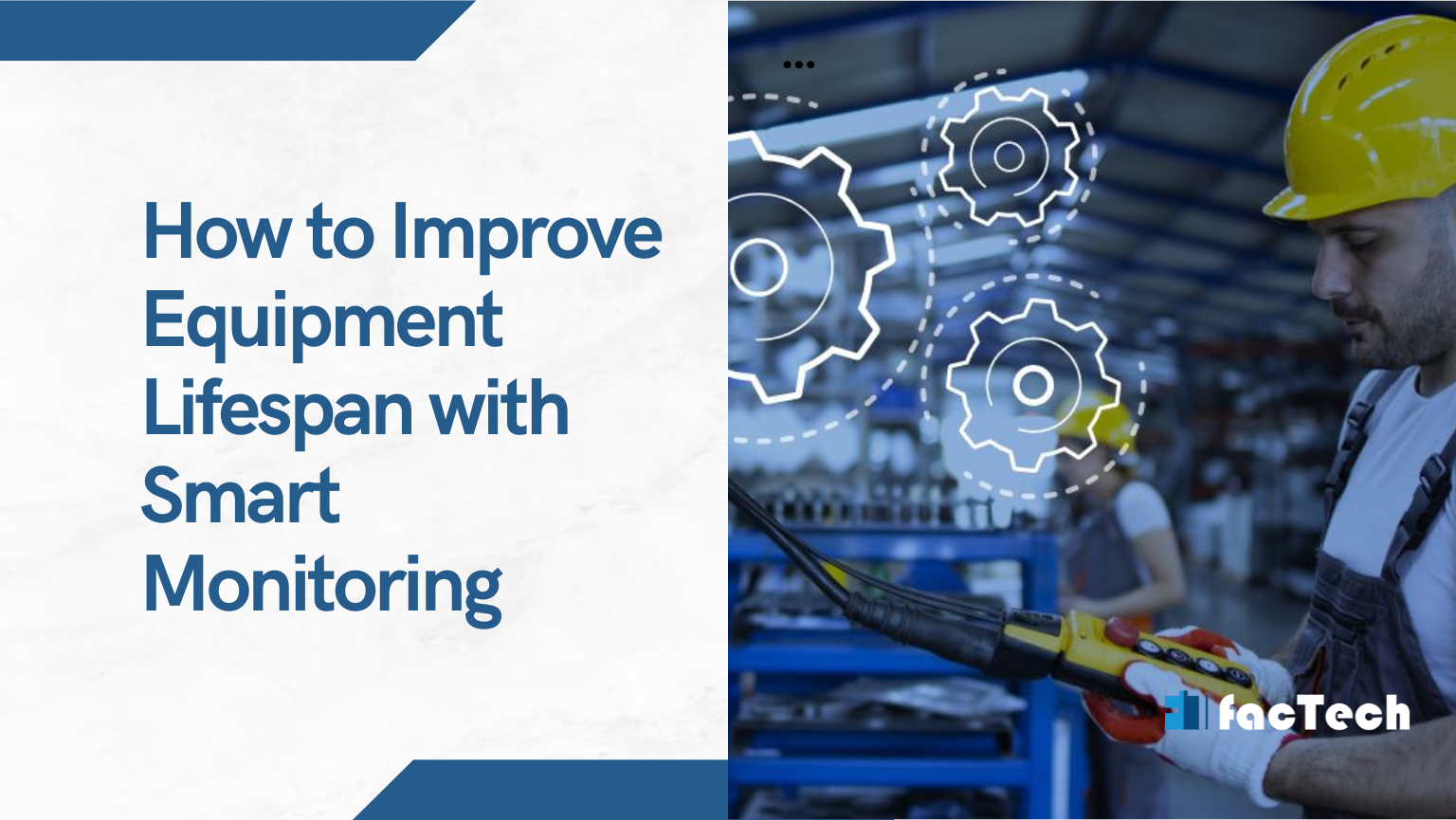Equipment Management Best Practices
Equipment Management can be an exhausting task, especially when you’re dealing with a humungous inventory of tools and machinery. Have no fears as with the right equipment management practices, you’ll be able to ensure the smooth running of your facility.
So, without any further ado, let’s discover some of the best practices that can help you keep your tools organized and your machinery in top shape.
What are Equipment Management Best Practices?
Managing your equipment involves ensuring the proper operation and disposal of your machinery in an efficient manner. Best practices need to be in place for the safety of employees, reducing downtime, and minimizing costs. Let’s catch a quick glimpse of the top asset management best practices:
Develop an Equipment Management Plan

You need to first create a comprehensive inventory of all the equipment in use. Outline the key details like manufacturer name, model number, and purchase date. With the right inventory management software in place, you can easily access and update this data.
That’s not all! You can also develop a maintenance schedule for each piece of equipment. Further, account for factors such as the manufacturer’s recommended maintenance intervals, the equipment’s usage patterns etc. Your software will generate automated alerts for upcoming maintenance tasks, ensuring that nothing falls through the cracks.
Regular Inspections for Equipment Management
Long gone are the days of manual inspections. With the advances in technology, you can now automate the inspection process minimizing human error.
Equipment management software can generate inspection schedules. This is based on the manufacturer’s recommended inspection intervals or customized intervals that are specific to your equipment.
The software can also generate work orders for each inspection and assign them to the appropriate personnel.
Implement Preventative Maintenance
Preventive maintenance involves performing routine maintenance tasks before problems occur. This helps to prevent breakdowns and extend the lifespan of your equipment.
Preventative maintenance tasks include activities like lubrication, cleaning, and inspections. Organizations can enhance equipment reliability and dodge costly repairs by implementing suck maintenance programs.
Using asset management software, you can gain insights into equipment maintenance history and trends. This helps to identify areas for improvement and make proactive choices.
Train Employees for Equipment Management
The company needs to train all the employees involved in equipment management- operators, maintenance personnel, and supervisors.
You can digitize this process and develop training materials for employees. Use LMS to create and store training modules on various equipment types, covering topics such as safety, operation, maintenance, and troubleshooting.
The software can also track employee progress and generate reports to identify areas where additional training may be required.
Equipment Replacement Planning

With the passage of time, equipment performance declines and maintenance costs increase. Why is replacement necessary? Well, the cost of maintaining old equipment exceeds the cost of replacing it. Therefore, you need to assess factors like machinery age, performance metrics and costs to develop a replacement program.
The right digital management system makes this a breeze. You can generate reports to identify when equipment is nearing the end of its economic life. The trends in the equipment’s maintenance history can help to gauge future costs.
Furthermore, you can implement an equipment rental/leasing program to mitigate the costs of equipment replacement. Rental programs enable renting machinery as needed, reducing the need to purchase new equipment.
In addition, you can consider leasing programs to spread the costs of equipment replacement over time.
Equipment Performance Metrics
Here are a few common performance metrics to assess equipment performance-
Equipment Availability
It measures the percentage of time that equipment is available for use. Equipment downtime can be costly for organizations, both in terms of lost productivity and maintenance costs. By tracking equipment availability, organizations can identify equipment that is frequently offline and take steps to reduce downtime.
Reliability
This is another important performance metric that measures the frequency of equipment failures. Reliable equipment is essential for maintaining productivity and reducing maintenance costs. By tracking equipment reliability, organizations can identify equipment that is prone to failure and take steps to prevent these issues from occurring in the future.
Utilization
This refers to the percentage of time that equipment is being used. Low equipment utilization can be an indication that equipment is underutilized or that production processes need to be optimized. By tracking equipment utilization, organizations can identify areas where equipment is being underutilized and take steps to improve production efficiency.
Other metrics
In addition to the aforesaid, energy consumption, maintenance costs, and equipment lifespan are a few more KPIs.
Risk Management
Equipment failure poses a substantial risk to employee safety and organizational productivity. It, therefore, is necessary to conduct regular risk assessments and identify potential hazards. Once the hazards are identified, mitigation measures can include equipment maintenance, employee training, and emergency response planning.
Supplier Management
Make sure that your company is tight-knit with its equipment suppliers. This can include developing service level agreements, conducting supplier audits, and collaborating with suppliers to develop preventative maintenance programs.
Continuous Improvement for Equipment Management

This process involves evaluating current practices and implementing changes to enhance equipment performance and reduce costs.
Regular audits can help to determine the areas for improvement. Audits include an assessment of equipment maintenance logs and work orders, a review of safety procedures, and an analysis of equipment performance data.
By conducting regular audits, organizations can identify trends in equipment failures, maintenance costs, and safety incidents, and implement changes to address these issues.
Now, how can you make this process efficient? Well, there’s a myriad of software that can help you track key performance indicators -equipment downtime, maintenance costs, and energy consumption.
Soliciting feedback from employees is yet another aspect of the continuous improvement process. You can collect feedback from the employees through surveys and feedback forms. This feedback can be used to inform decision-making and identify areas where additional training or process changes are needed.
The Bottom Line
In this blog, we took a stroll through a few best practices for equipment management. You must have realized that it is a complex process that requires careful planning and execution. You need to develop a comprehensive equipment management plan, conduct regular inspections and continuously improve the process.
Take it easy! Equipment management doesn’t have to be all work and no play. With the right asset management software in place, you can easily track equipment performance metrics and generate reports. So, if you haven’t already, consider implementing a facility management software solution to optimize your equipment management practices and keep your facility running at its best.
Contact us for a free demo of how our expertise can help you achieve your business goals to the best.











